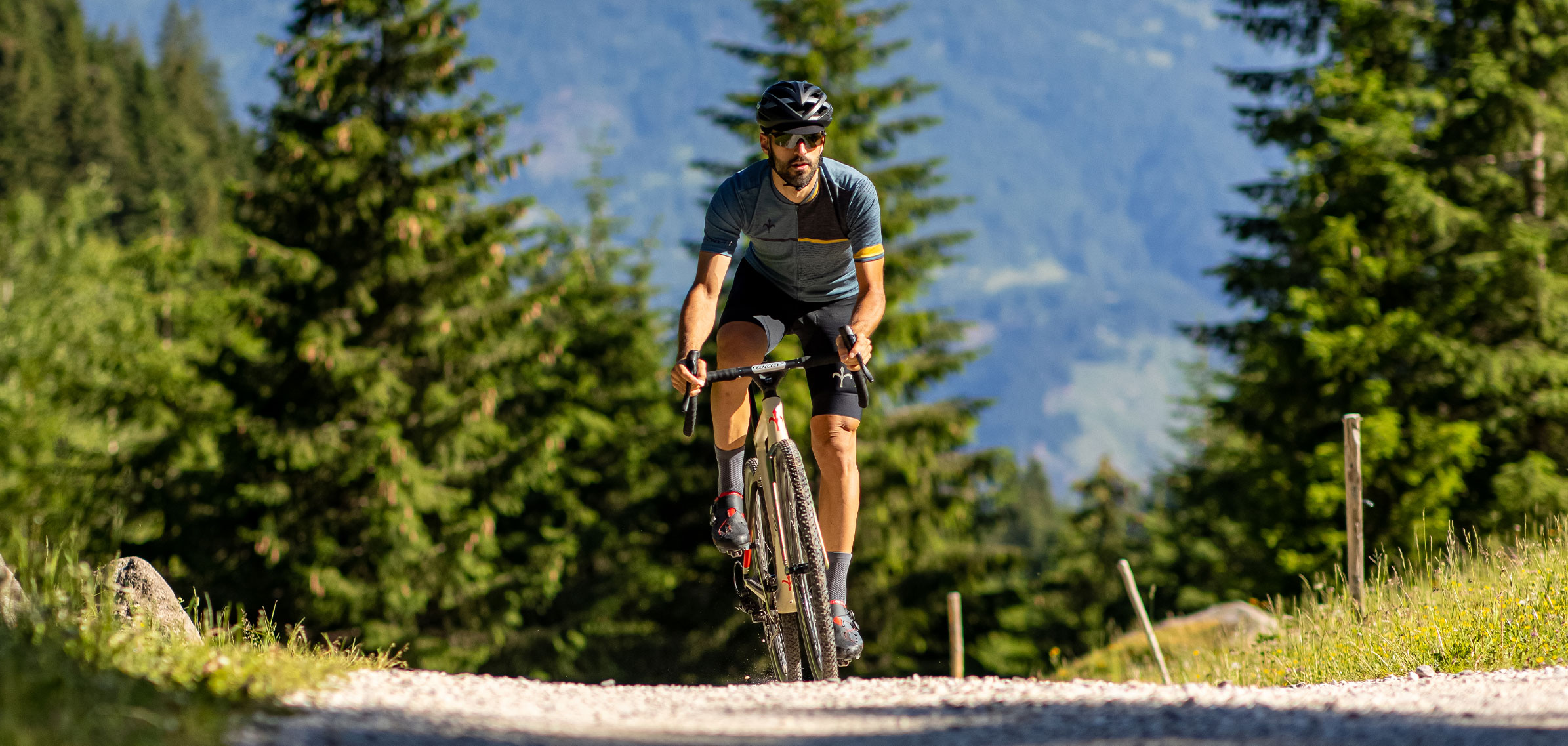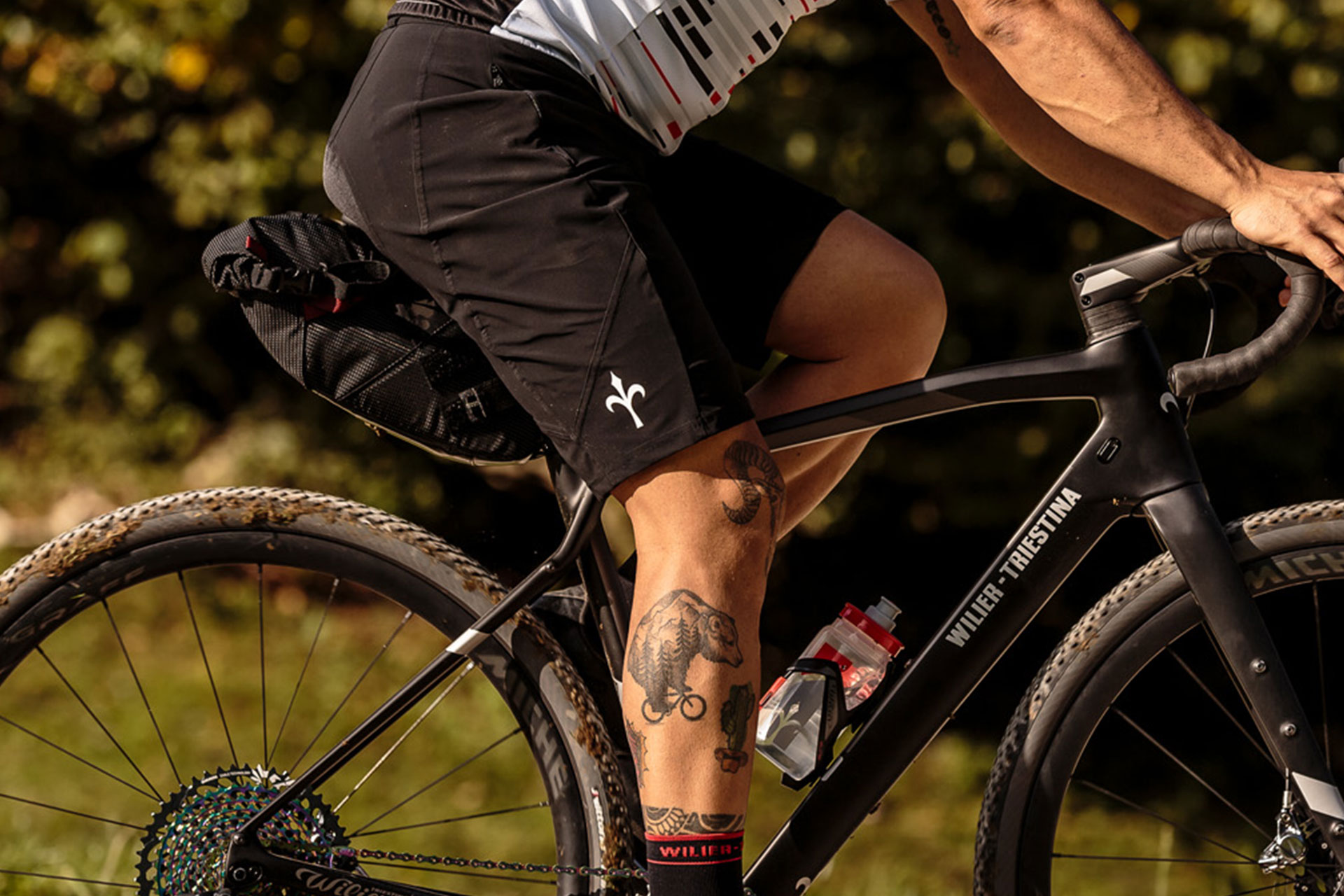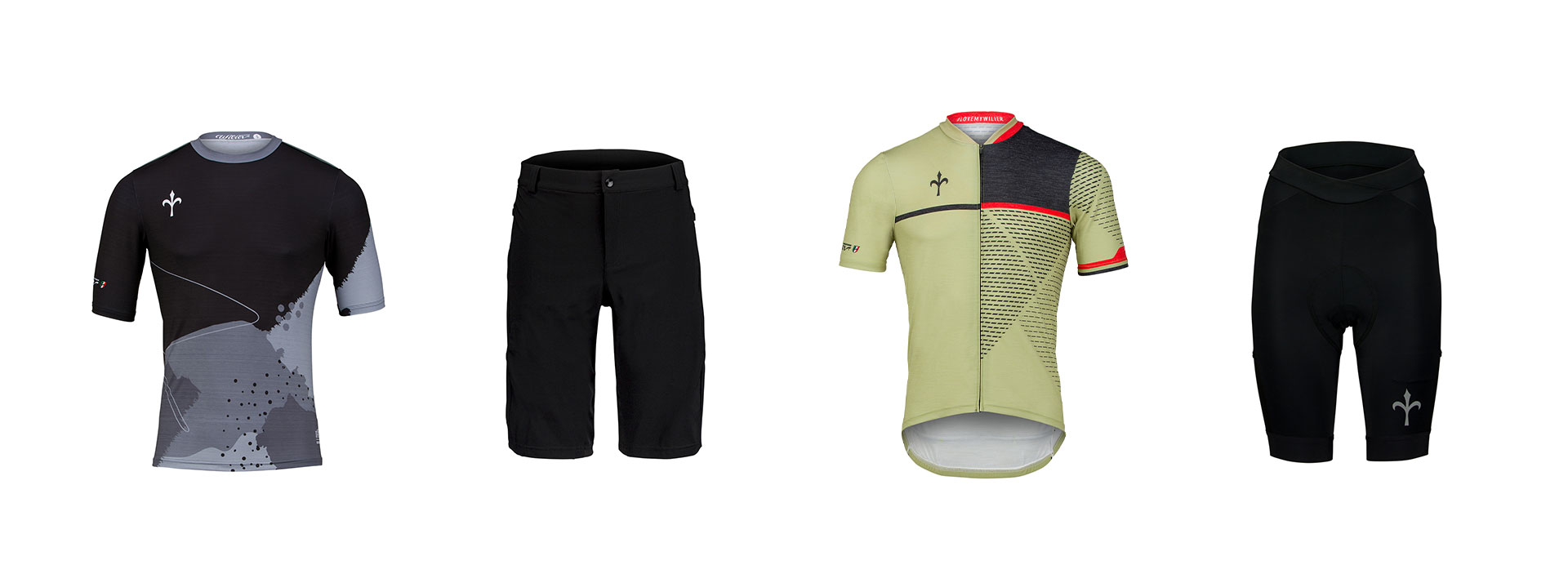- en
The importance of clothing: from road bikes to gravel bikes
Midway between performance and maximum comfort. Gravel clothing is located in that middle ground between road cycling and mountain biking. In recent years many companies in the bike industry have begun to offer exclusive collections that embody different trends and influences. However, there are many opinions that regard the fact that gravel clothing is not needed and is merely a marketing publicity stunt to influence sales. Indeed we can almost ask the question "Do we really need gravel clothing?".
Let us leave opinions to one side for a moment, as it is nevertheless the cyclist who must find the right answers. What do we need? How long will our gravel rides last? What are our priorities, are we looking for performance or comfort? These are just some of the questions we should be asking.
This could be the starting point to try to understand a little more on the true value and requirement of gravel clothing.

From the Wind Tunnel to the Trail
Road cycling in the last decade has rediscovered it's need for aerodynamics. If we think for a moment of any medium to high range bicycle, the focus is no longer on weight saving, but on the bikes ability to reduce the friction generated by the air whilst pedaling.
Helmets, accessories and clothing have all been tested and developed in wind tunnels. Jerseys and shorts made for comfort are the real connection between road cycling and gravel.
Gravel clothing also takes a major influence from mountain biking. An off-road biking discipline that embodies the passion to ride on fat tyres, free from competitive pressures, finding new off the grid adventures and long days spent in the saddle.
It is easy to see that for mountain biking, aerodynamics is not a priority. Also because although tight fitting jerseys have many advantages when pedaling at high speeds, they have obvious downsides (not only from an aesthetic point of view) when it comes to doing things off the bike. Loading the bike on your shoulder to get over an obstacle or crossing a stream, setting up your tent to spend the night under the stars can be just some of the typical scenarios where loose fitting clothes are far better for meeting the needs of the cyclist.





Comprehensive guide to choosing Gravel clothing
Before spending hours trolling through catalogues and checking online, firstly it is a good idea to identify what we are really looking for, and above all, where we will be wearing the clothes.
If we love gravel competitions and want a versatile all round functional style pair of shorts that do not look out of place even for the odd road ride, then shorts with a snug fit and some extra pockets can be the ideal choice. These are items generally characterised by the term "cargo": More often than not these shorts have one or two pockets on the side panels of the leg and even two on the rear.
In general the jersey has similar technical solutions as applied for those seen in road cycling. The fabric choice may change slightly as you may be spending more hours in the saddle on your gravel ride. Some manufacturers add two more pockets on the sides at the base of the shirt, others increase the load space even more by replicating the vintage style of the 40's and 50's by adding a zippered chest pocket.
Generally speaking we would need a slightly baggy fitting jersey, but as comfortable as a T-Shirt possibly made out of Merino Wool, a hypoallergenic, light, breathable and sweat-wicking fabric that allows for quick drying.
This could be the perfect solution especially if you intend to go out on a bike packing ride where the top priority is comfort. In this case, many cyclists prefer to opt for the loose fitting baggy shorts, similar to those as worn by mountain bikers, combined with a technical jersey.
Related posts
Sign up to our newsletter
Fill in the form below for updates on all that's new in the Gravel world
If you no longer want to receive news from us, you can unsubscribe at any time.
